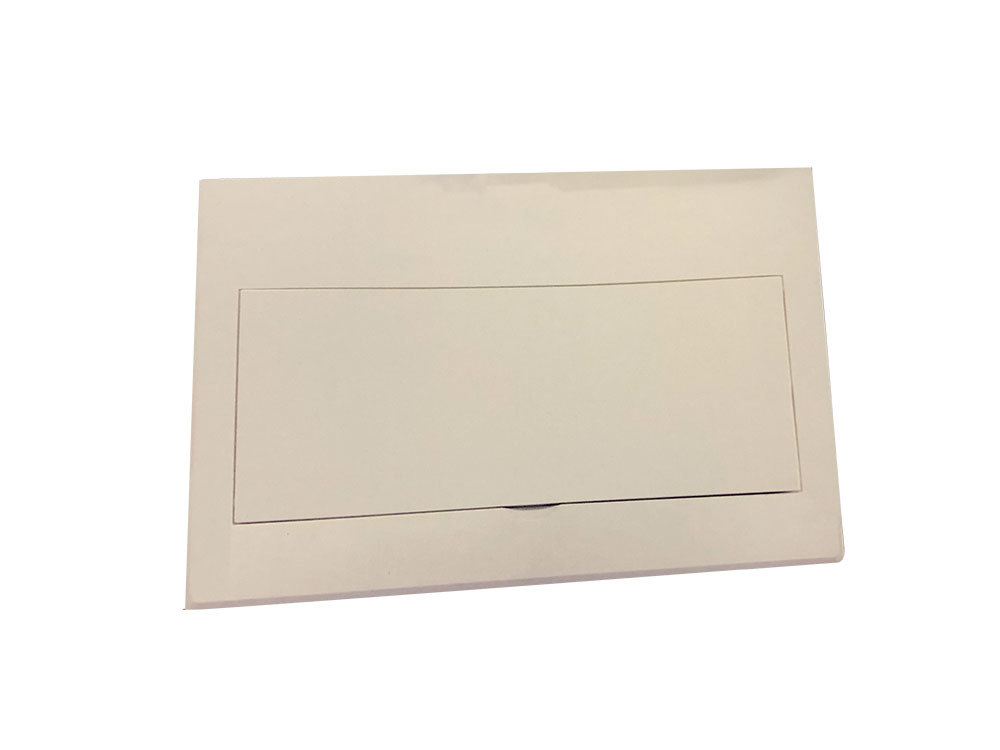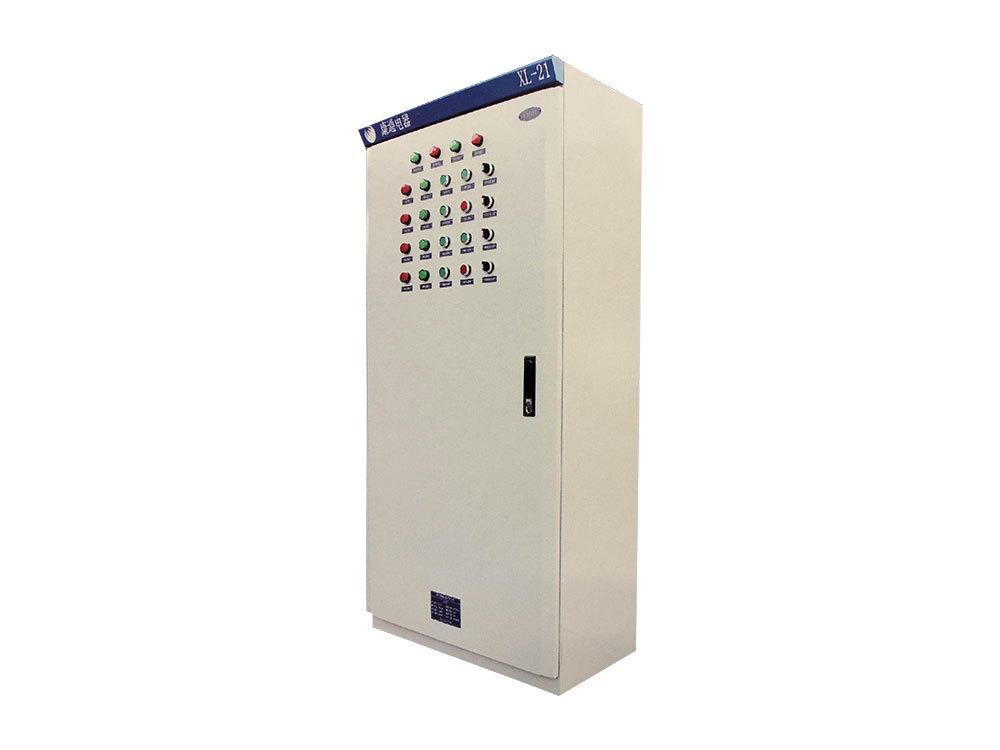GGJ low-voltage withdrawable switchgear
GGJ low-voltage reactive power compensation device is used for power plants, substations, industrial and mining enterprises, and other power users as an AC 50HZ rated working voltage of 380V. It is used for power conversion, distribution, and control of power, lighting, and distribution equipment.
Keywords:
Distribution cabinet complete sets of equipment
Category:
Product Center

Hotline:
GGJ low-voltage withdrawable switchgear
GGJ low-voltage reactive power compensation device is used for power plants, substations, industrial and mining enterprises, and other power users as an AC 50HZ rated working voltage of 380V. It is used for power conversion, distribution, and control of power, lighting, and distribution equipment.
The product has the characteristics of high segmentation, good dynamic and thermal stability, and high applicability. The GGJ low-voltage reactive power compensation device complies with the national standard GB/T 15576-2008 "Low Voltage Complete Set of Reactive Power Compensation Devices". Power capacitors are divided into series capacitors and parallel capacitors, both of which improve the voltage quality of the power system and the transmission line
(1) Increase the voltage at the end of the line. Capacitors connected in series in the line compensate for the inductive reactance of the line, reducing the voltage drop of the line and increasing the voltage at the end of the line (receiving end). This can increase the voltage at the end of the line by up to 10% to 20%.
(2) Reduce voltage fluctuations at the receiving end. When there are significant changes in the impact load at the receiving end of the line (such as electric arc furnaces, welding machines, electrical tracks, etc.), series capacitors can eliminate severe voltage fluctuations. This is because the compensation of the series capacitor on the voltage drop in the line changes with the load passing through the capacitor. It has the performance of instantaneous adjustment with the load change, and can automatically maintain the voltage value at the load end (the receiving end).
(3) Improve the transmission capacity of the line. The compensation reactance xc of the capacitor is connected in series to the line, which reduces the voltage drop and power loss of the line and correspondingly increases the transmission capacity of the line.
(4) Improved system power flow distribution. Connecting capacitors in series on certain lines in a closed network partially changes the reactance of the line, causing the current to flow according to the specified line, in order to achieve the goal of economic power distribution.
(5) Improve the stability of the system. After the line is connected to capacitors in series, the equivalent reactance of the system increases sharply when the line fault is partially cut off (such as when a double circuit is cut off once, but a single-phase ground is cut off once). The series capacitors are forcibly compensated, that is, the number of capacitor series and parallel connections is forcibly changed in a short time, and the transmission capacity of the temporary capacitive reactance line is temporarily improved, which in itself improves the static stability of the system. XC reduces the total equivalent reactance of the system and increases the maximum power delivered, thereby improving the dynamic stability of the system.
(6) The function of parallel capacitors: Parallel capacitors are connected in parallel to the system bus, similar to a capacitive load on the system bus. They absorb the capacitive reactive power of the system, which is equivalent to the inductive reactive power emitted by parallel capacitors to the system. Parallel capacitors can provide inductive reactive power to the system, improve the power factor of system operation, and increase the voltage level of the receiving end bus. It reduces the transmission of inductive reactive power on the line, reduces voltage and power losses, and thus improves the transmission capacity of the line.
The product has the characteristics of high segmentation, good dynamic and thermal stability, and high applicability. The GGJ low-voltage reactive power compensation device complies with the national standard GB/T 15576-2008 "Low Voltage Complete Set of Reactive Power Compensation Devices". Power capacitors are divided into series capacitors and parallel capacitors, both of which improve the voltage quality of the power system and the transmission line
(1) Increase the voltage at the end of the line. Capacitors connected in series in the line compensate for the inductive reactance of the line, reducing the voltage drop of the line and increasing the voltage at the end of the line (receiving end). This can increase the voltage at the end of the line by up to 10% to 20%.
(2) Reduce voltage fluctuations at the receiving end. When there are significant changes in the impact load at the receiving end of the line (such as electric arc furnaces, welding machines, electrical tracks, etc.), series capacitors can eliminate severe voltage fluctuations. This is because the compensation of the series capacitor on the voltage drop in the line changes with the load passing through the capacitor. It has the performance of instantaneous adjustment with the load change, and can automatically maintain the voltage value at the load end (the receiving end).
(3) Improve the transmission capacity of the line. The compensation reactance xc of the capacitor is connected in series to the line, which reduces the voltage drop and power loss of the line and correspondingly increases the transmission capacity of the line.
(4) Improved system power flow distribution. Connecting capacitors in series on certain lines in a closed network partially changes the reactance of the line, causing the current to flow according to the specified line, in order to achieve the goal of economic power distribution.
(5) Improve the stability of the system. After the line is connected to capacitors in series, the equivalent reactance of the system increases sharply when the line fault is partially cut off (such as when a double circuit is cut off once, but a single-phase ground is cut off once). The series capacitors are forcibly compensated, that is, the number of capacitor series and parallel connections is forcibly changed in a short time, and the transmission capacity of the temporary capacitive reactance line is temporarily improved, which in itself improves the static stability of the system. XC reduces the total equivalent reactance of the system and increases the maximum power delivered, thereby improving the dynamic stability of the system.
(6) The function of parallel capacitors: Parallel capacitors are connected in parallel to the system bus, similar to a capacitive load on the system bus. They absorb the capacitive reactive power of the system, which is equivalent to the inductive reactive power emitted by parallel capacitors to the system. Parallel capacitors can provide inductive reactive power to the system, improve the power factor of system operation, and increase the voltage level of the receiving end bus. It reduces the transmission of inductive reactive power on the line, reduces voltage and power losses, and thus improves the transmission capacity of the line.
Recommended products
FEEDBACK




